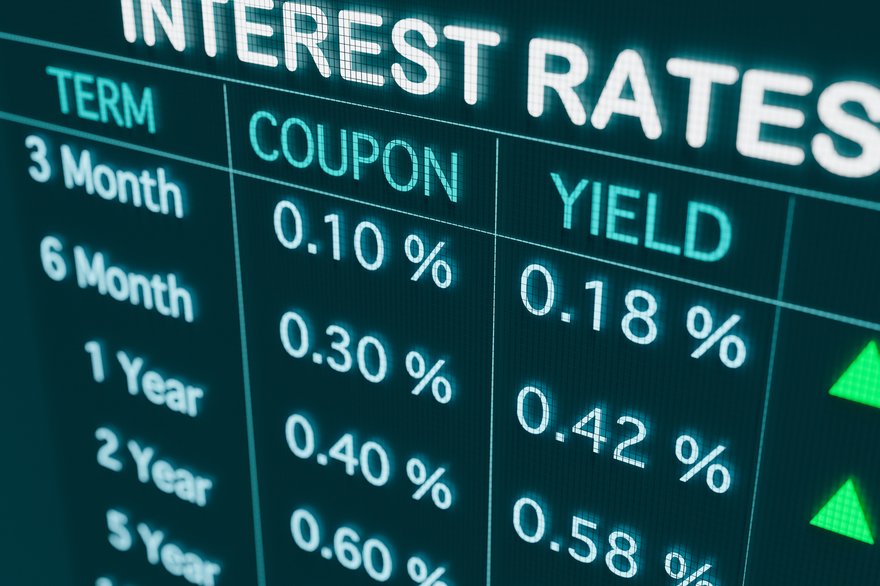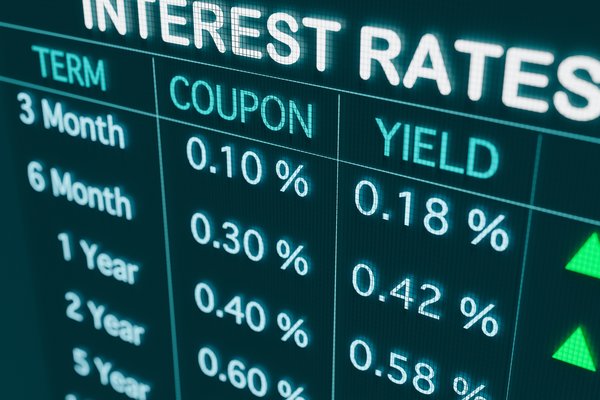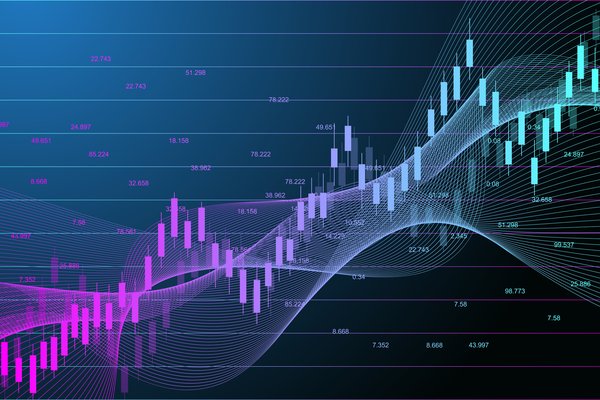Yield is a reflection of how an investment has performed. It's used to represent gains or losses on investments, including stocks, fixed-income investments, real estate, savings accounts, and cryptocurrencies.

What is it?
What is yield in finance?
In finance, yield is the amount of relative profit or loss generated on an investment over a period of time. Yield is typically represented as a percentage because the performance of an investment is compared to the initial amount spent to acquire it.
Its importance
Why is yield important?
The goal of investing is to make money, and overall yield is a reflection of a financial instrument's performance. A profitable investment will have a positive overall yield. Conversely, if an investment loses money, it will have a negative yield.
It's also important to weigh the potential downsides and opportunity costs of an investment. Estimating expected yields can help you determine whether the balance between risk and reward is attractive. Projecting future yields helps investors assess whether equities and other financial instruments are likely to be worthwhile.
Types of yields
What are the different kinds of yields?
In addition to keeping track of overall investment yields, investors may find it helpful to look at other measures of yield. For example, dividend yield measures the amount of cash dividends a company pays yearly compared to its stock price.
A stock would have a 5% yield if it were priced at $100 per share and paid an annual dividend of $5 per share. The same principle applies to bonds and other fixed income investments that provide the owners with scheduled payments before returning the principal amount at the end of a specified period.
Stock investors may also want to look at a company's free-cash-flow (FCF) yield and earnings yield, which measure how much FCF or profit a business is generating against its overall market capitalization. By measuring a company's FCF and profit generation against its overall valuation size, it's possible to compare its productivity against other businesses.
An example
An example of yield in action
If you paid $50 per share for a stock that paid $2 in dividends annually, the dividend yield on that stock would be 4%. The annual dividend payout of $2 represents 4% of the initial $50 used to purchase the stock. On the other hand, it's unlikely the stock's price would remain at exactly the same level over time.
If you were to sell the stock at $45 per share after owning it for a year and collecting the dividends, the overall yield on the stock would be -6%. While you received $2 in dividend payments across the period of ownership, the stock's share price had fallen $5 at the time of the sale. As a result, you would have taken a net loss of $3 on stock -- an amount that represents 6% of your initial investment.
Related investing topics
Alternatively, your overall yield would be higher than the annual dividend yield if the stock's price increased between the time you purchased it and sold it. If the company's share price increased from $50 per share to $55 per share, that alone would represent a 10% yield on your investment.
After factoring in the $2 per share in dividends paid over the year you owned the stock, you would have netted $7 per share in profit on your initial $50 investment. That profit would be good for a yield of 14%.




